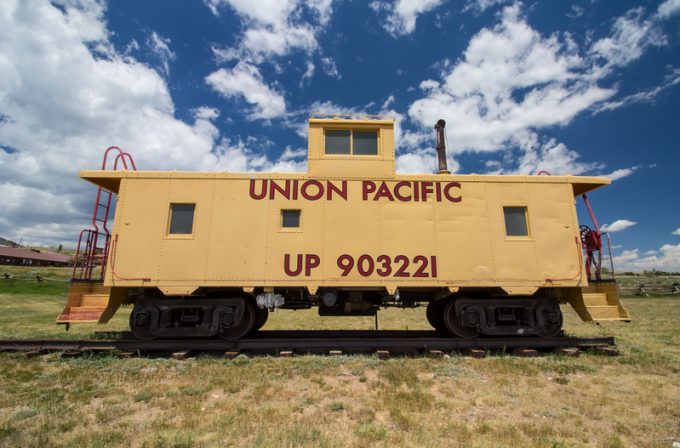
© Dan Ross
By Ian Putzger
Union Pacific (UP) has done it again: for the third time in a month the rail operator has raised charges for traffic moving inland from southern California.
Yesterday, surcharges on excess contract cargo rose to $3,500 per container, and spot rates out of Los Angeles are ...


Comment on this article
profwatson
September 16, 2020 at 1:06 pmIn times of uncertainty it is difficult to forecast what the future will be. A railroad can not turn on a dime anymore than a tanker ship.